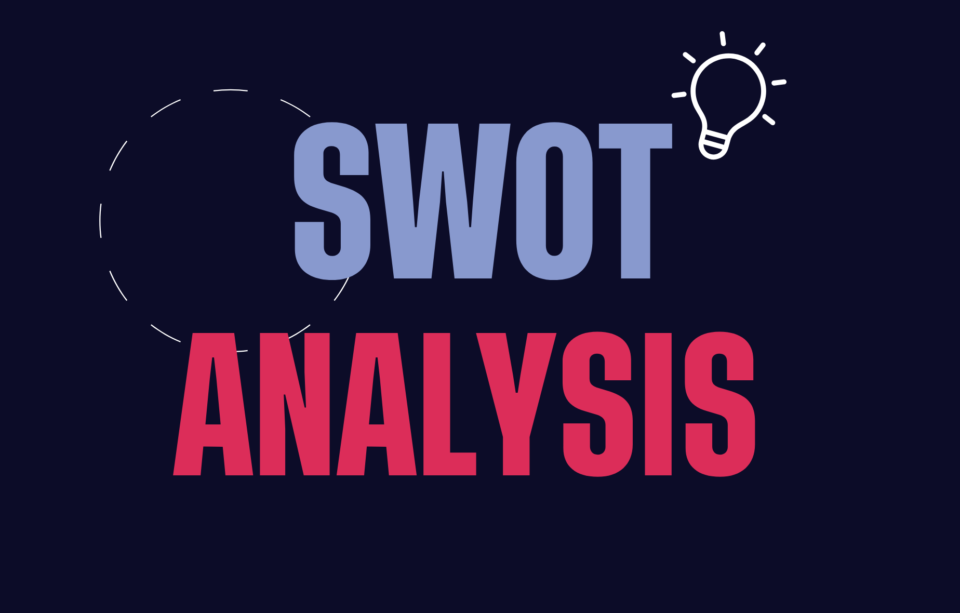
The Future of Business Strategies: How AI Helps Leaders Think Ahead
In the modern business landscape, staying ahead of the competition requires not only a deep understanding of market dynamics but also the ability to anticipate changes and act proactively.
Artificial intelligence (AI) has emerged as a game-changing tool, enabling leaders to think ahead and craft strategies that are both innovative and resilient.
In other words: the adoption of AI in business strategies and AI-driven business strategy development creates opportunities for companies to remain competitive.
Growth of AI in Business
What is happening? Let’s take a closer look.
The adoption of AI in business has been growing at an unprecedented pace.
According to a 2023 report by McKinsey, 70 percent of companies reported using AI in at least one business function, up from 50% in 2020.
The global AI market is projected to grow from $136 billion in 2022 to $1.8 trillion by 2030, at a compound annual growth rate (CAGR) of 37.3%.
This growth highlights how businesses are increasingly relying on AI to drive innovation, improve efficiency, and gain a competitive edge in their respective industries.
AI-Driven Business Strategy Development: 5 ideas to explore in your company
From improving efficiency to enhancing decision-making, artificial intelligence in business management is shaping the way organizations navigate an ever-changing environment.
Let’s take a closer look and see how AI empowers managers to foresee trends, understand customer behavior, and adapt to dynamic challenges, offering practical examples to illustrate its transformative potential.
Trend Prediction with AI: Anticipating Market Shifts
One of AI’s most significant capabilities is its ability to analyze vast amounts of data to identify emerging trends.
Traditional methods of market analysis, such as surveys and focus groups, often fall short in capturing the complexity of today’s fast-paced markets.
AI, on the other hand, uses techniques like machine learning and natural language processing to analyze data from various sources—social media, news outlets, and industry reports—to detect subtle shifts that might signal upcoming changes.
Example: Retail giant H&M employs AI to analyze customer reviews, social media mentions, and sales data to predict fashion trends.
This enables them to design and stock products that align with consumer preferences, often months before those trends become mainstream.
Similarly, in agriculture, AI tools like Climate FieldView analyze weather patterns and crop data to help farmers optimize planting schedules.
Practical Tip for Managers: Invest in AI tools that specialize in trend analysis relevant to your industry.
Start by integrating AI platforms like Tableau or IBM Watson into your data workflows to gain actionable insights.
Understanding Customer Behavior: Uncovering Hidden Patterns
AI excels in processing customer data to uncover patterns that are not immediately obvious.
By analyzing purchase histories, browsing behaviors, and demographic information, AI can segment customers more effectively, helping managers tailor their offerings to specific needs.
Example: Amazon’s recommendation engine, powered by AI, analyzes individual browsing and purchase data to suggest products customers are likely to buy.
This personalized approach has significantly contributed to Amazon’s customer retention and revenue growth. In the education sector, AI platforms like Coursera use customer behavior insights to recommend courses, improving user engagement.
Practical Tip for Managers: Use AI-powered customer relationship management (CRM) systems like Salesforce Einstein to gain a deeper understanding of your audience and create more targeted marketing campaigns.
Scenario Planning Made Easier: Simulating Future Outcomes
Scenario planning is a critical aspect of strategic decision-making, and AI makes this process faster and more accurate.
By creating digital twins or running simulations, AI models can evaluate the impact of various decisions under different conditions.
Example: The oil and gas industry uses AI-driven simulations to predict the outcomes of drilling in different locations. By analyzing geological data, AI helps managers decide where to invest resources for maximum returns.
Practical Tip for Managers: Leverage AI tools like AnyLogic for simulation-based scenario planning. These platforms can model complex systems and help test strategic decisions before implementing them.
Dynamic Strategy Adjustments: Real-Time Adaptability
In a world where conditions change rapidly, static strategies can quickly become obsolete.
AI enables managers to adapt their strategies in real time by providing continuous insights and recommendations based on live data.
Example: During the COVID-19 pandemic, many supply chain companies used AI to adapt to disruptions.
For instance, AI-driven tools helped logistics providers reroute shipments and optimize delivery schedules based on changing regulations and demand.
Practical Tip for Managers: Integrate AI platforms like Microsoft Azure Synapse Analytics to monitor real-time data streams and receive actionable recommendations for immediate adjustments.
Balancing Human and Machine Input: Collaborative Decision-Making
While AI provides valuable insights, human judgment remains essential in crafting effective business strategies.
The best outcomes often result from a collaborative approach, where AI augments human expertise rather than replacing it.
Example: Healthcare companies use AI to assist in diagnostic processes, providing doctors with potential diagnoses based on patient data.
Doctors then use their clinical expertise to confirm or refine these suggestions, ensuring both accuracy and empathy.
Practical Tip for Managers: Foster a culture where AI is seen as a partner rather than a competitor.
Provide training for your team to understand and effectively use AI tools, ensuring a harmonious balance between technology and human expertise.
Prepare yourself for AI-Driven Strategy Development
The integration of AI into business strategy is no longer optional; it is a necessity for organizations aiming to thrive in an increasingly competitive environment.
By leveraging AI’s capabilities in these 5 areas, managers can craft strategies that are not only forward-thinking but also robust and adaptable.
How can you take the next step?
Identify key areas in your business where AI can provide immediate value.
Invest in training programs to equip your team with the skills needed to work alongside AI.
Start small by implementing AI tools in one or two critical areas, then scale up based on results.
Regularly review and update your AI strategy to stay ahead of technological advancements.
By embracing AI, leaders can unlock new opportunities, mitigate risks, and ensure their organizations remain competitive in the years to come.
The future of business strategy is here, and it is powered by AI.


